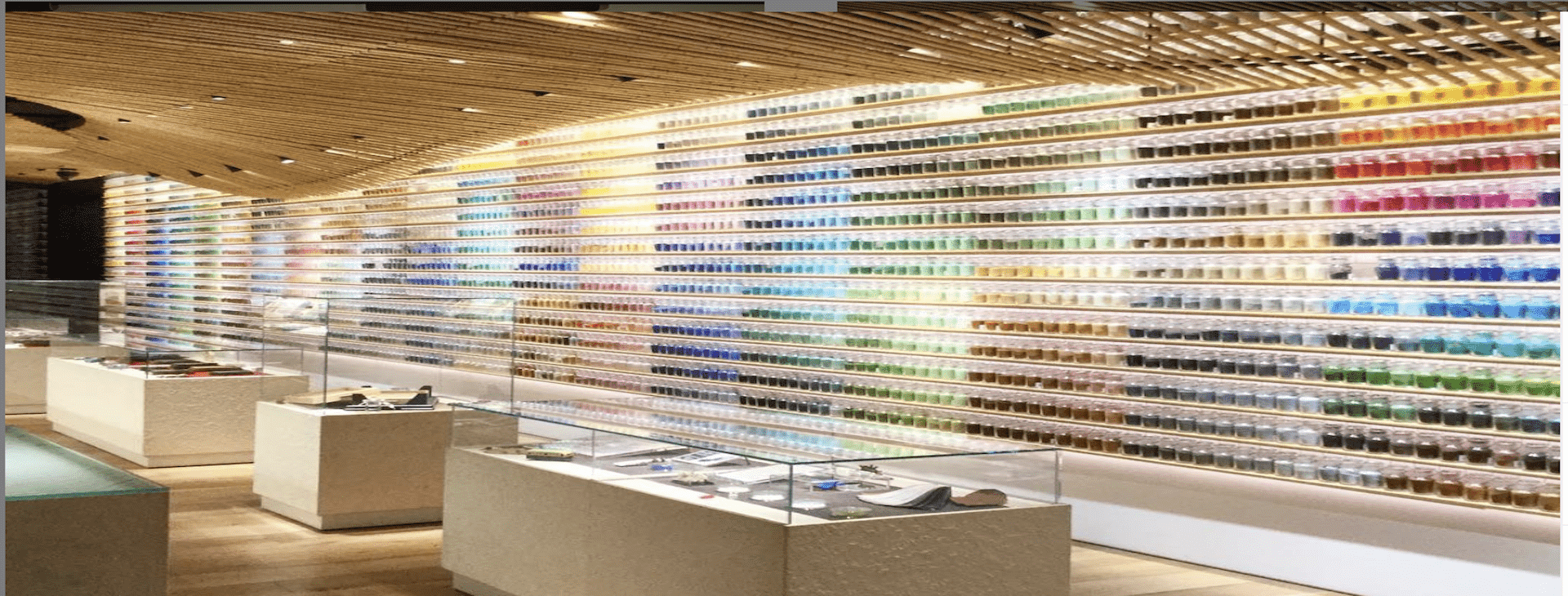Once you’ve been to Tokyo, you’ll want to come back for more. The ever-evolving cityscape offers endless opportunity for exploration. Hidden gems, known as anaba in Japanese, make wandering Japan’s capital a constant adventure.
Read on for a handful of Tokyo’s best–kept secrets below.
A Crowd of Lucky Cats

Tokyo offers up both the weird and the wonderful, and the Gotokuji Temple is a prime example of this phenomenon. A Buddhist temple in Tokyo’s Setagaya district, it is known as the birthplace of the maneki-neko (beckoning cat), widely regarded as a good luck charm.
This famous white cat came to prominence during the last era of traditional Japanese government, the Edo period. Legend has it that a cat whose owner was a priest at the Gotokuji Temple led a feudal lord to safety during a storm by beckoning him and his servants inside with a single wave of his paw. Now, all these red-eared figurines (hundreds of them line the temple grounds) have one paw raised, welcoming visitors.
A Labyrinth of Color

Located in the bustling bayside neighborhood of Shinagawa, the beautiful art supply store Pigment is a feast for the eyes. Perhaps finding inspiration in Tokyo’s neon lights, the shop specializes in, well, pigments. The assortment of 4,200 shades takes the form of colored, concentrated dust that, when combined with a binding agent (like oil or glue), add vibrance to a range of materials and mediums, from fabric to paint.
The colorful, modern displays are reason enough to venture inside to explore the shop’s airy bamboo interiors, crafted by architect Kengo Kuma, who married ancient Japanese art principles with modern design concepts to create an eye-popping tribute to creativity. Other traditional Japanese paint supplies are also for sale, including brushes, papers and more. You can also attend a workshop when in town; just check out the schedule on the store’s site.
A Blast to the Feudal Past
 Photo credit: Ninja Akasaka
Photo credit: Ninja Akasaka
The dining experience at Ninja Akasaka is a bit like walking into a story tale; upon entering the nondescript black building that houses it, a silent host dressed in all black will lead you through a maze–like network of corridors and a series of secret doorways. When you arrive, you will find a restaurant modeled after 400-year–old Edo-era Japan.
During that time, ninjas served as spies for the feudal government. Thus, it is no surprise that Ninja Akasaka’s waitstaff dresses and acts as these sly warriors. Scroll-like menus, disappearing servers, master magicians and yes, delicious cuisine, make this a memorable stop for grownups and children alike.
A Bibliophile Retreat

In true Tokyo fashion, the city has an entire neighborhood dedicated to one distinct theme, which is, in this case, books. With approximately 200 book-related businesses, Jinbocho (“book town”) is Tokyo’s publishing hub and the epicenter of Japan’s secondhand book industry. Find everything from used and new books to rare manuscripts, woodblock prints, collectors’ editions and vintage magazines. While most of the materials are in Japanese, there are often titles in foreign languages, too. Book lovers will enjoy checking out the general vibe of this neighborhood, and the many local curry restaurants offer an ideal lunch break before diving back into this wonderland for readers.

